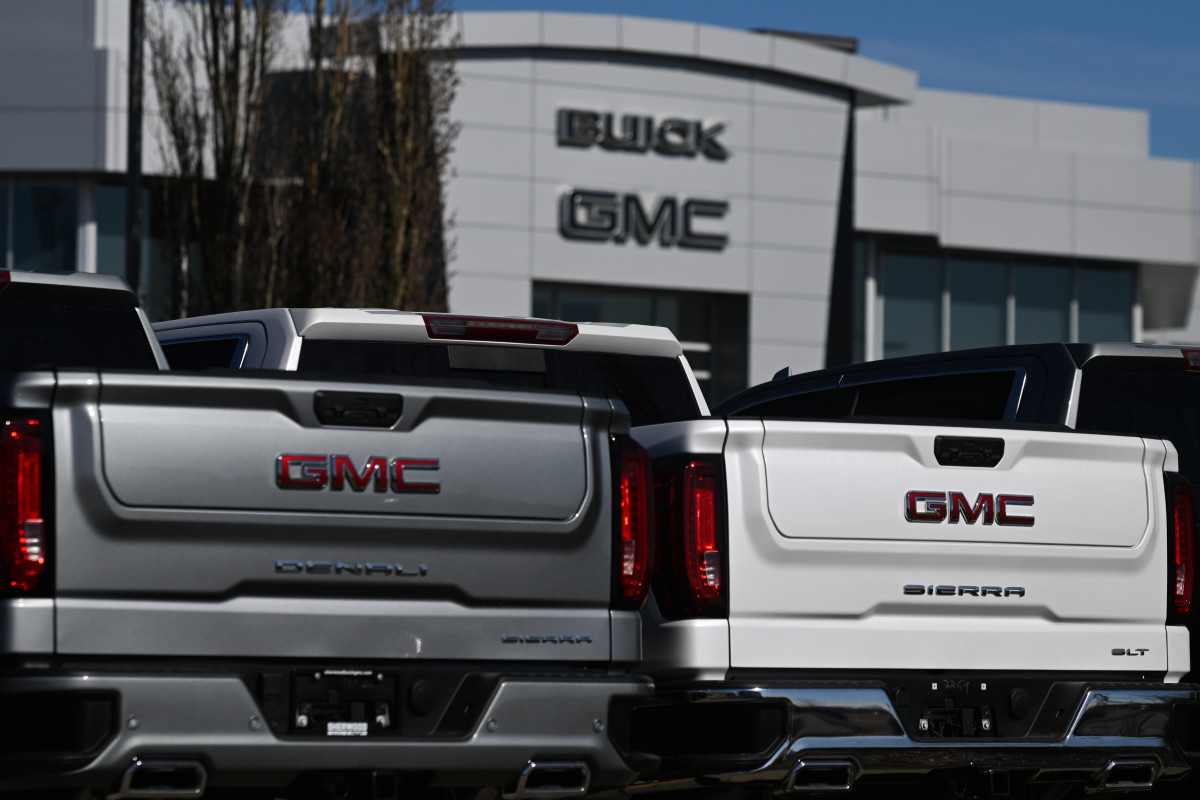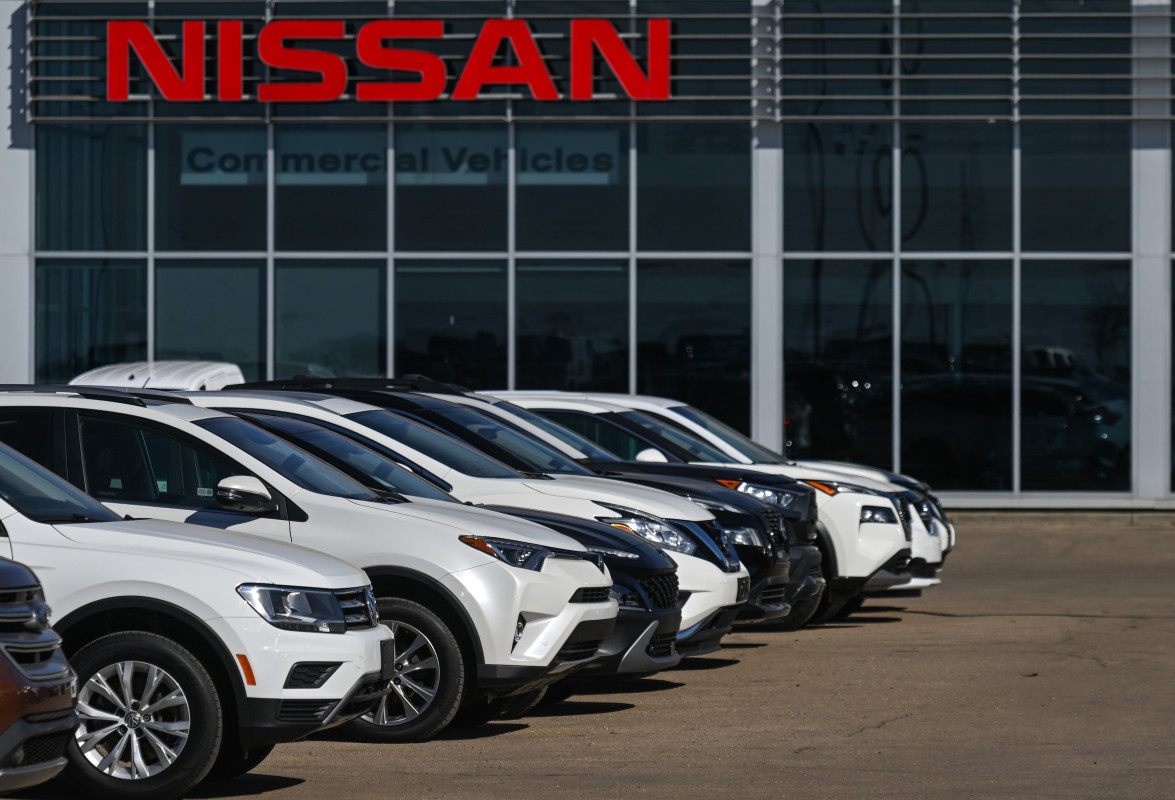[ad_1]
Auto dealers are juggling a complex set of market factors
Recent data from Cox Automotive has revealed that new vehicle inventory declined 7.4% in April compared to March. May began with 2.49 million new cars on dealer lots compared to 2.69 million at the start of April, representing a 10.5% drop. During the start of May, U.S. dealers had an average new vehicle supply lasting 66 days, down 16 days year-over-year and six days from last month. While spring has historically been a catalyst for new vehicle sales, inventories aren’t being replenished at their usual rate with lower manufacturing and delivery numbers from some automakers amid tariff uncertainty. These changes in production and delivery figures have caused many automakers to withdraw their financial guidance for 2025. In turn, consumers shopping for a new car face slimmer options, fewer incentives, and higher prices.

Getty
Automakers are on the verge of introducing 2026 production year vehicles at showrooms, but they’re also expected to update their inventory with higher tariff-related pricing. New vehicle sales increased 10.5% year-over-year in April, although this figure rises to 14.9% when you don’t account for April 2025 having one more selling day than April 2024, according to J.D. Power. Still, some consumers have been rushing to buy new cars to avoid tariff-induced price increases, so sales rates will likely continue tapering off from April. Mid-April saw a 30-day sales peak, but the month’s last two weeks experienced a noticeable decline in purchase rates.
A closer look at how recent dealer trends affect new car shoppers
The average new vehicle listing price was $48,656 at the end of April, marking an increase of $774, or 1.6%, from $47,882 at the start of the month, and $1,318 (2.8%) from a year earlier. While consumers brace for higher new car prices and are currently shopping with reduced inventories, price increases weren’t universal. BMW, Buick, Mitsubishi, and Dodge saw month-over-month price declines, while RAM, Lincoln, and Cadillac represented the most significant monthly cost hikes. Dealers are also giving shoppers fewer incentives for new vehicle purchases. According to Cox Automotive data, new vehicle sales incentives dropped to 6.7% of average transaction prices, down 7% from March.
However, some brands have more pre-tariff cars available than others. Toyota and Lexus have the lowest supply at 29 and 25 days, respectively, whereas RAM, Mitsubishi, Infiniti, and Land Rover have inventories exceeding 100 days. Due to tariffs, Ford has already raised prices on its Mexico-produced Bronco Sport, Maverick, and Mustang Mach-E. On Monday, Subaru announced tariff-related price increases for several models.

Getty
Final thoughts
New vehicle shoppers can gain clarity during this turbulent time by understanding inventory figures, as automakers with higher dealer inventories may offer more pre-tariff-priced models. Additionally, knowing which automakers are more reliant on U.S. imports, like Audi, might indicate which companies are most likely to introduce price increases sooner rather than later. Slimmer inventories don’t necessarily mean you won’t get the model you want, but they may limit your ability to get certain features like specific color combinations.
[ad_2]









Leave a Reply